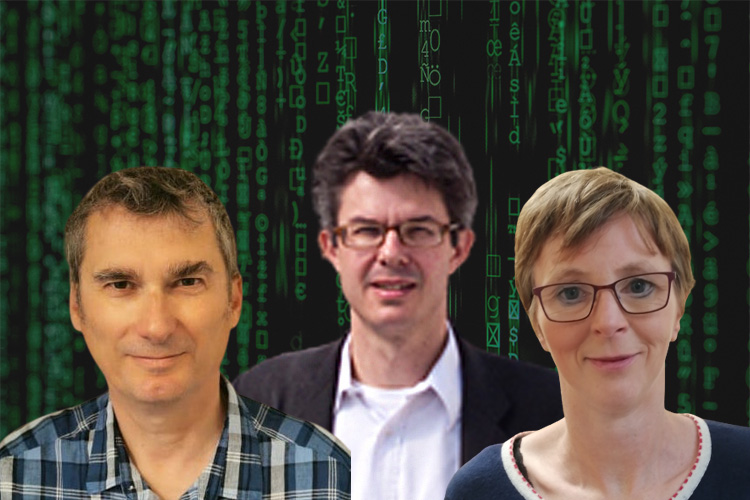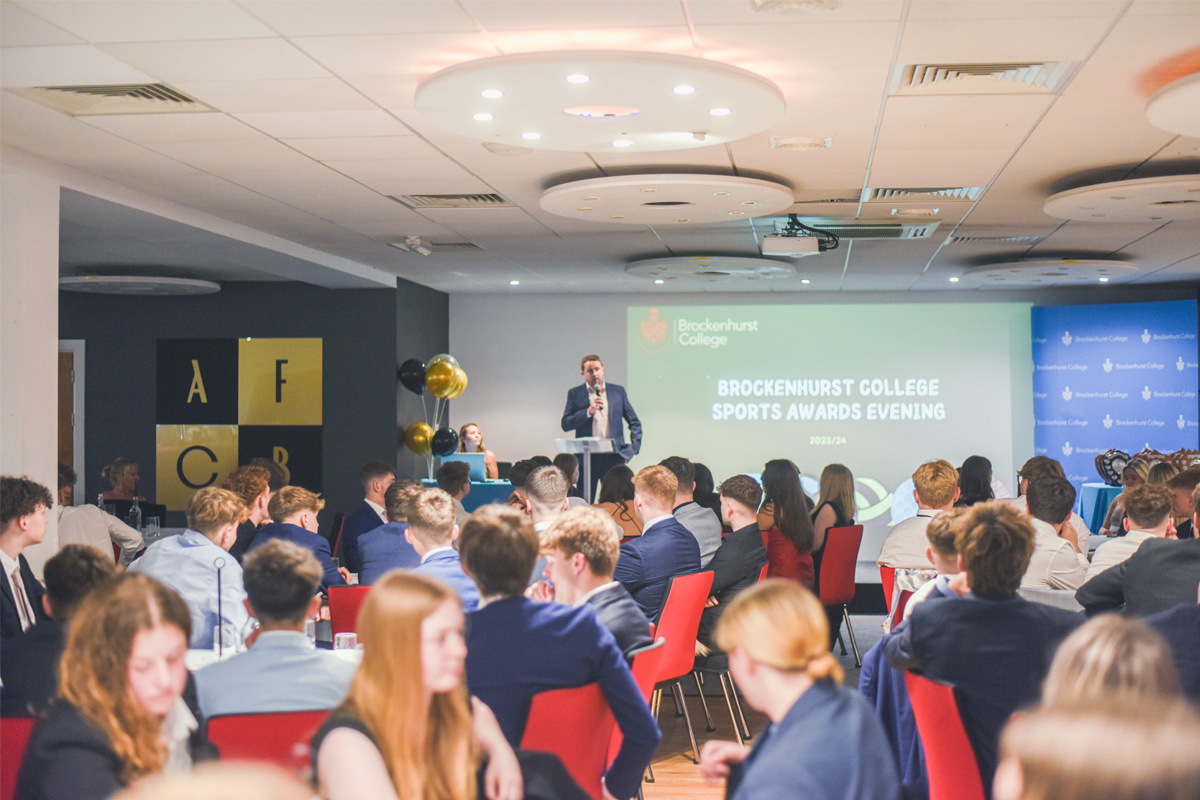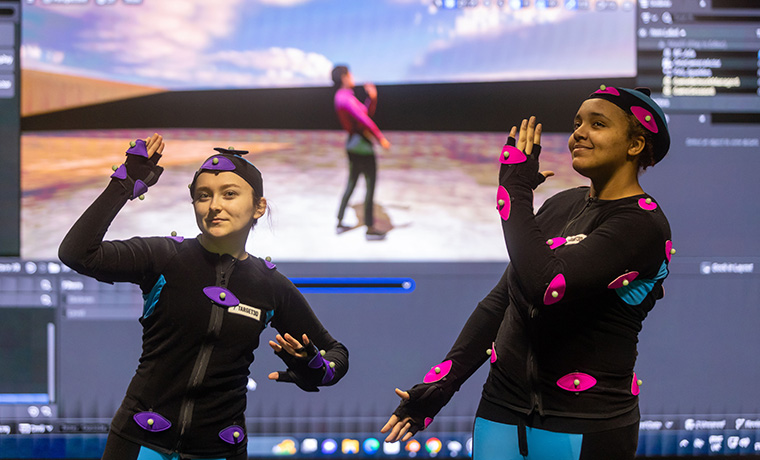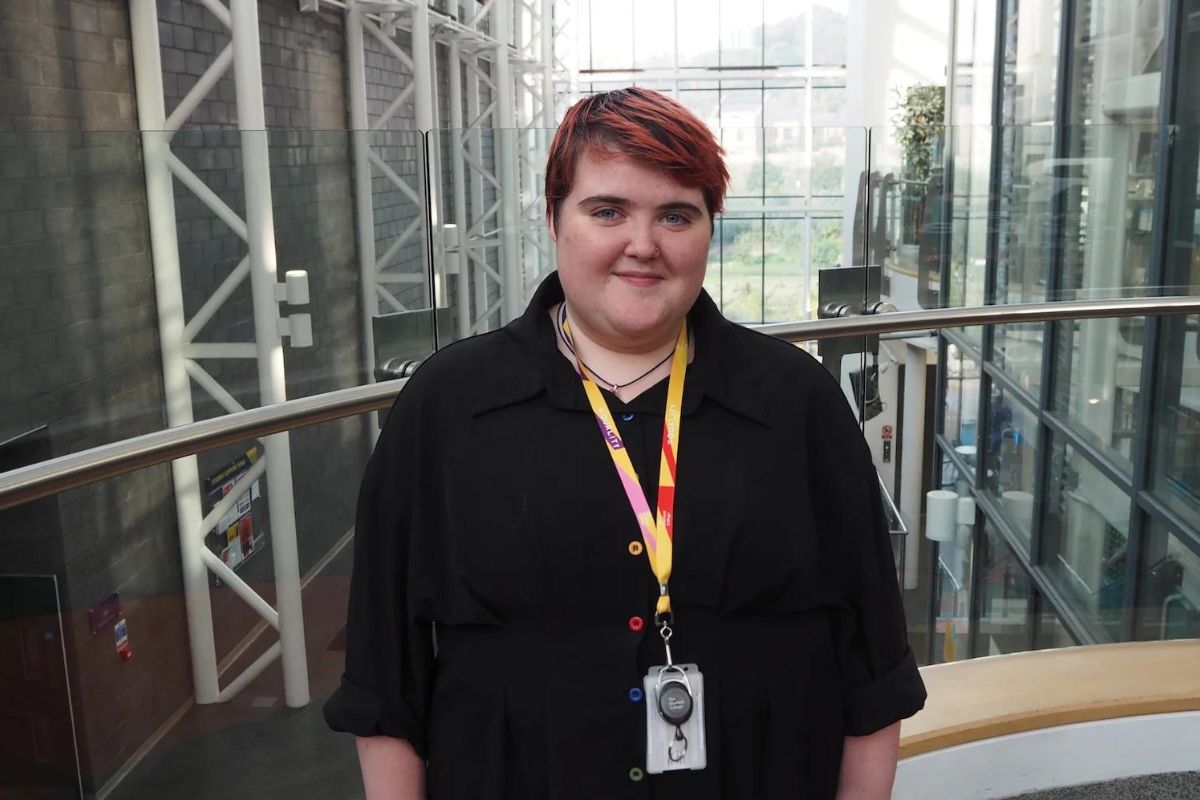VocTech in the prison sector: Insights for further education | #VocTechFutures Episode 2

In episode 2 of the #VocTechFutures livestream, Ufi’s Patrick Dunn explored how VocTech is being used to provide accessible, personalised and high-quality learning in the prison sector.
As part of the session we heard from two organisations delivering innovative VocTech solutions:
- Meganexus, who provide access to education and training technologies and content across the UK prison sector, and who are working with Ufi to bring learning into every prison cell in the country; and
- Niacro who are using VR to deliver immersive training in construction skills.
Vocational Learning Technology (VocTech) in the prison sector
Patrick Dunn, Project Account Manager, Ufi VocTech Trust
The use of technology to deliver training and education in prisons presents a range of interesting, and sometimes complex, challenges. Although these challenges are not unique, and tend to fall into known categories or themes, secure environments require that our projects tackle them in novel ways. The four most common areas that our projects deal with are:
- Providing access to learning
- Tailoring and adapting learning
- Assessment
- Training for employment
Providing access to learning
One of the early promises of learning technology was the so-called “Martini promise”: learning could occur any time, any place, anywhere. The problem in prisons is that learning with technology typically takes place in libraries, learning centres and so on, but prisoners may be locked in their cells where they can’t access learning content for many hours each day. The obvious solution is to provide in-cell, networked learning on tablets or similar devices.
Various organisations already provide device-based learning within prisons, including two that we have projects with: Socrates and Meganexus. These, and others, are working well to address challenges such as the high levels of network security required, reliable wireless access in buildings in which this is difficult, weaponisation of hardware, and so on. But what has become clear is that simply providing a safe, connected device is a necessary but not sufficient condition. For access to be genuinely useful, prisoners need comprehensive content but within secure constraints, and they need the capability to personalize both content and experience. Most important of all, they need a user account, such as that provided by Meganexus’ “Virtual Campus”, that follows them wherever they go (prisoners change institutions frequently), including when they leave prison altogether. In fact, providing access to resources after release may be critical given that a prisoner is likely to have less support than when in prison. Continuity is essential.
There is another angle on access here, exemplified by one of our projects, “SiteIT”, with the Northern Irish offender rehabilitation organisation, NIACRO. They are using virtual reality headsets to teach construction skills to prisoners, thereby providing access to real-world, hands-on training, but within virtual worlds. VR is almost always used in training to transport learners to environments that aren’t readily accessible. The thing about prison environments is that inmates cannot, of course, go anywhere at all other than the prison. So the impact of transporting them to a useful, interactive virtual environment can be immense.
Tailoring and adapting learning
In most learning situations the cohort of learners is “coherent”; people are in a learning environment principally to learn, so there are some similarities between them. But in a prison you might have a Phd astrophysicist next to someone who has bypassed education completely. They have neither the same learning needs nor abilities. However, learning technology is generally good at adapting to individuals, whether it’s through pre-diagnostic questionnaires and quizzes, AI and tracking, or simple self-selection from modular content. So the aim should be to provide each prisoner with access to learning that is entirely relevant and appropriate to them and their specific needs and context.
One of our projects, with AI company, Fluence, uses their technology applied to forensic linguists, to assess a learner’s ability based on previous documentation. This can accelerate the process of formative assessment – working out what the learner needs – from a matter of weeks, to a few minutes in some cases, leaving the trainers free to do other things like teaching and pastoral work. Another of our projects, Digital Change Makers, by MyBe Awards, uses Avatars to personalize learning, allowing prisoners to create an environment that’s unique to them, and which helps them to reflect better on their own experiences.
Assessment
We know that if learning is accredited, through a certificate, a badge, or something that demonstrates meaningful progress while in prison, this is more likely to lead to employment. But with such a disparate and shifting learner group as is found in prisons, effective assessment against consistent standards can be extremely difficult. Our project with Fluence tackles a key aspect of this by examining large quantities of learner data, to establish standards, and determine “what good looks like”. It then simplifies the process of assessment by creating multiple touch points with each learner – without the learner having to do anything different – so the system can keep tabs on the direction and pace of learning, the good, bad, what will have most impact on their progression, and so on.
Of course, an assessment is only any use if it genuinely assesses the degree of change in the learner. The NIACRO Virtual Reality project builds assessment fully into the learning, in that learners are assessed by successfully completing real world tasks in VR. It’s not about what you can say you remember or whether you can complete a quiz; it’s about genuinely carrying out tasks and being assessed on what you achieved. NIACRO have also had very good feedback on the way “gameification” elements – using the visual and interactive vocabulary of games – encourages learners to keep going, achieve tasks, and be assessed against completion.
Training for employment
We know that prisoners re-offend less if they can get a job; if there’s a pathway out of the secure establishment to good employment. So projects like the NIACRO VR one, where prisoners are connecting their experience inside the prison with likely experience outside the prison, and effectively rehearsing being at work in a real job, are invaluable. And the Meganexus Virtual Campus is designed to accompany the prisoner out into the world of employment, and actively encourages them to look well beyond the previously constrained “walled garden” version of the system they experienced while in prison.
But the statistics show that relatively few prisoners are in full time work a few weeks after leaving prison. So one of our projects, Socrates Software’s “Way to work”, uses digital technology to create clearer pathways to employment. It takes a joined-up approach, enabling a prisoner to choose the job, or jobs, they want, then shows them the steps, skills and qualifications that will get them to where they want to go. It then links them to real job opportunities. It’s worth also saying that this joining up of goal setting, training and job search functionality is of real benefit to employers as well, as it increases the quality and appropriateness of the people that employers encounter when they want to recruit from the prison sector.
This is just a quick overview of some of the projects we are involved in, in the prison sector. While the challenges are certainly many and complex, our projects are taking highly innovative approaches and making good progress in ensuring that technology is able to improve education and training for prisoners.
About Ufi VocTech Trust: Our mission is to support the development of digital technologies that help people get the vocational skills needed to get more out of their working lives. We provide funding, expertise and commitment to innovators in vocational technology; we build community of educators, developers, designers, employers, investors and policy makers, and we use our funding to catalyse change in attitude, focus and investment in VocTech in the UK.












Responses